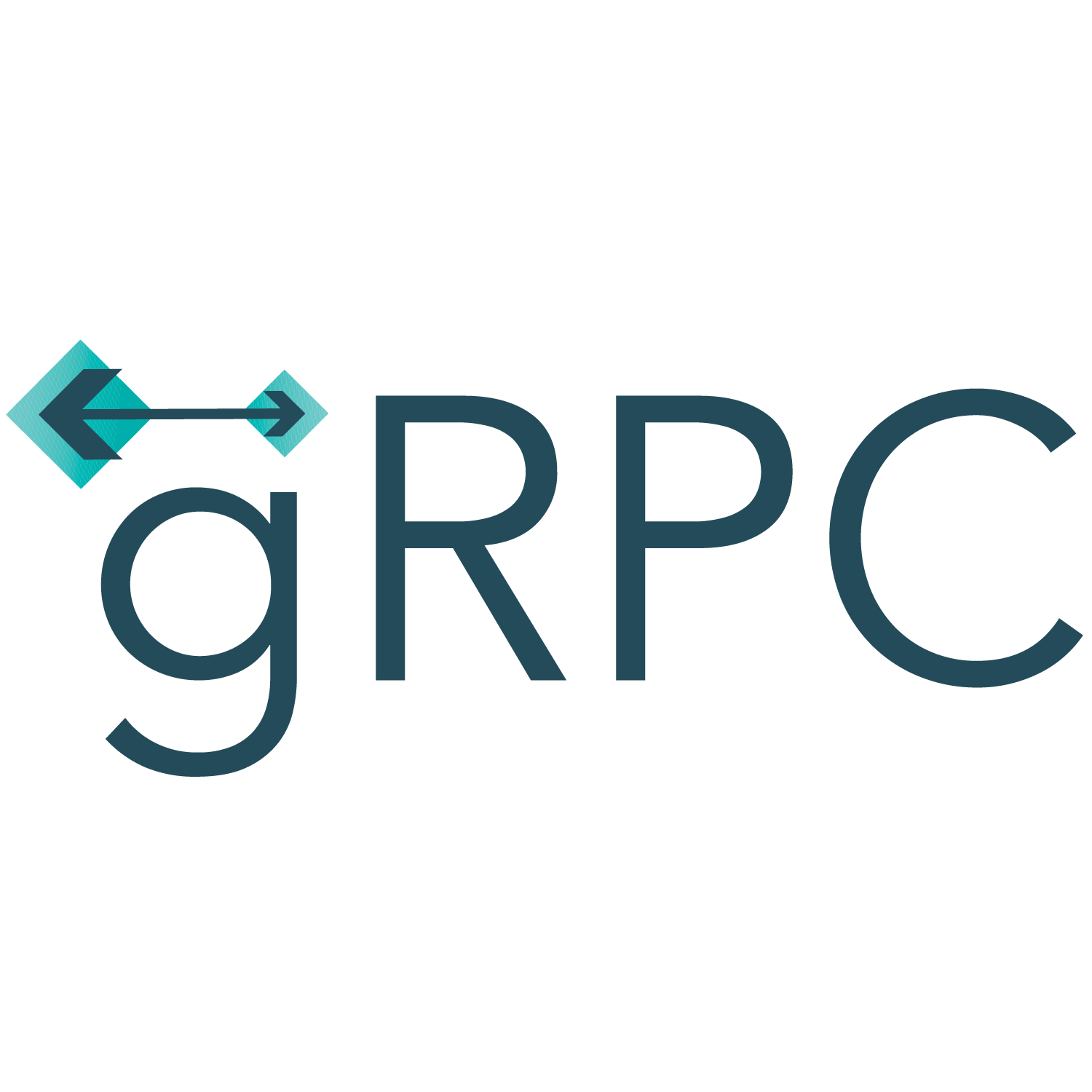How gRPC is Revolutionizing Microservices Communication
Discover the game-changing potential of gRPC for microservices communication. With high performance, automatic code generation, and language-agnostic support, gRPC revolutionizes the way microservices communicate.

How gRPC is Revolutionizing Microservices Communication
Microservices architecture has gained immense popularity in recent years due to its ability to create scalable and maintainable applications. However, efficient communication between these microservices is crucial for the success of the overall system. Traditional communication protocols, like RESTful APIs, have served the purpose well, but they come with certain limitations. Enter gRPC, a high-performance and language-agnostic framework that is revolutionizing microservices communication. In this article, we will explore what gRPC is, its benefits, and how it is changing the game for microservices communication.
What is gRPC?
gRPC stands for "Google Remote Procedure Call," and it is an open-source framework developed by Google. It allows you to define the structure and the contract of your APIs using Protocol Buffers (protobuf), a language-agnostic binary serialization format. With gRPC, you can define your service and message types using protobuf, and it takes care of generating the client and server code for various programming languages automatically.
gRPC supports multiple programming languages, including but not limited to:
- Java
- C++
- Python
- Go
- Node.js
- C#
It also offers support for bidirectional streaming, flow control, blocking and non-blocking bindings, and authentication. These features make it an ideal choice for building efficient and scalable microservices communication.
Benefits of Using gRPC
The adoption of gRPC for microservices communication brings several advantages to the table:
1. High Performance
gRPC uses binary serialization and HTTP/2, which results in smaller message size and reduced network latency. This makes communication between microservices faster and more efficient compared to traditional RESTful APIs.
2. Language-Agnostic
With gRPC, you can define your APIs using protobuf, which is a language-agnostic serialization format. This means that you can generate client and server code in different programming languages seamlessly. It allows teams to use different technologies and languages while still communicating with each other effectively.
3. Streaming Support
gRPC supports both unary and bidirectional streaming, enabling efficient communication between microservices. With streaming support, you can send multiple requests or responses over a single TCP connection, which reduces overhead and improves performance.
4. Automatic Code Generation
One of the biggest advantages of gRPC is its ability to generate client and server code automatically. By utilizing protobuf definitions, gRPC generates code that handles the complexities of communication, making it easier and faster to develop microservices.
5. Interoperability
gRPC offers efficient interoperability between different programming languages, making it easier for teams to collaborate. Since the code generation is handled by gRPC, developers from different teams can focus on implementing business logic without worrying about the underlying communication protocol.
How gRPC is Revolutionizing Microservices Communication
There are several ways in which gRPC is revolutionizing microservices communication:
1. Improved Performance
By using binary serialization and HTTP/2, gRPC significantly improves the performance of microservices communication. The reduced message size and network latency result in faster and more efficient communication, which is crucial for highly scalable applications.
2. Increased Productivity
With automatic code generation and language-agnostic support, gRPC simplifies the development of microservices. Developers can focus on implementing business logic while gRPC handles the complexities of communication, leading to increased productivity and faster time-to-market.
3. Improved Maintainability
gRPC's code generation ensures consistent and up-to-date client and server code, reducing the chances of compatibility issues. This makes it easier to maintain and evolve microservices architecture over time.
4. Seamless Scalability
gRPC's support for streaming and bidirectional communication enables seamless scalability. Microservices can easily handle high volumes of traffic and scale horizontally without compromising performance.
5. Better Security
gRPC provides built-in support for authentication and transport-layer security (TLS), ensuring secure communication between microservices. This helps in protecting sensitive data and maintaining the overall security of the system.
Getting Started with gRPC
Ready to start using gRPC for your microservices communication? Here's a simple guide to help you get started:
- Install the necessary tools and dependencies for your programming language of choice. You can find detailed installation instructions for each language in the official gRPC documentation.
- Define your service and message types using protobuf. Write a .proto file that describes your APIs, including the method calls and the structure of the data being exchanged.
- Generate the client and server code using protoc, the protobuf compiler. The generated code will handle the communication between your microservices based on the definitions in the .proto file.
- Implement the server-side logic for your microservice. This involves writing code to handle the incoming requests and provide the appropriate responses.
- Implement the client-side logic to call the microservice. Utilize the generated client code to make requests and process the responses within your client application.
- Build and run your microservices, ensuring that the client and server are communicating effectively using gRPC.
Once you've successfully implemented gRPC in your microservices, you'll start reaping the benefits of high-performance communication and improved scalability.
Conclusion
gRPC is transforming the way microservices communicate by offering high performance, language-agnostic support, and automatic code generation. With its streaming capabilities, easy scalability, and built-in security features, gRPC is becoming the preferred choice for microservices communication. By adopting gRPC, you can build efficient and scalable microservices architecture that is future-proof and easy to maintain. Embrace gRPC and revolutionize your microservices communication today!
Stay tuned for the next part of our tutorial series, where we will dive deeper into gRPC and explore advanced topics in microservices communication.